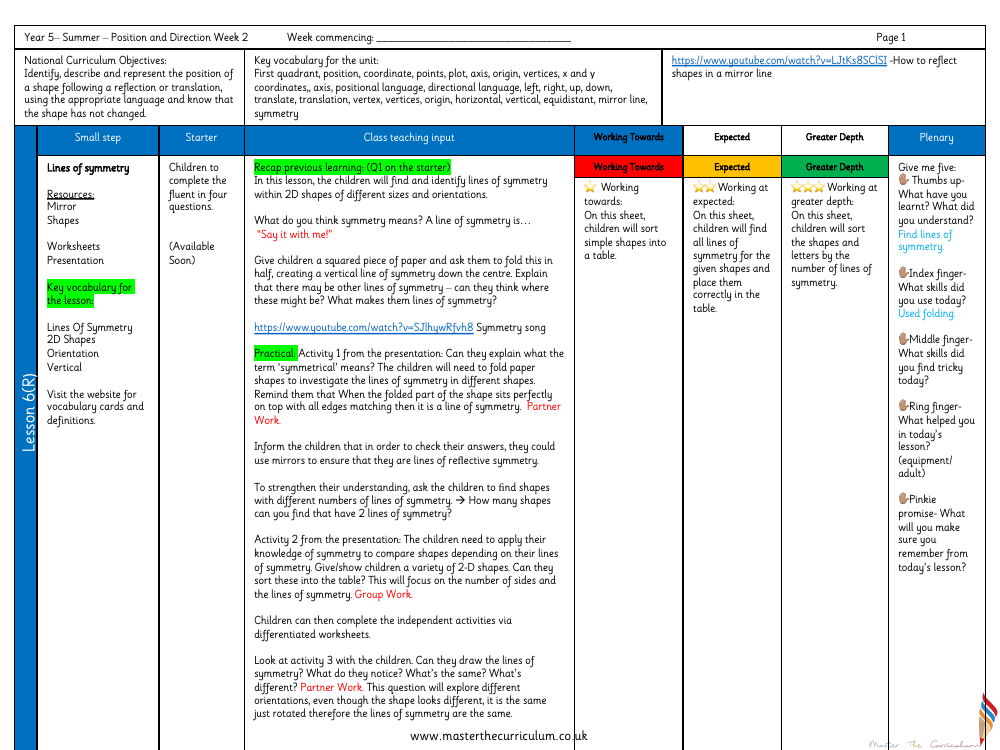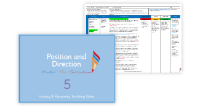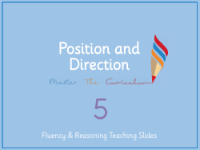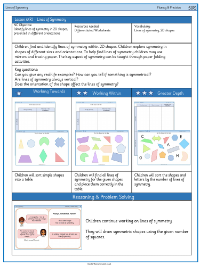Position and Direction - Lines of Symmetry - Planning

Maths Resource Description
In a Year 5 lesson on Position and Direction, students delve into the concept of symmetry, particularly focusing on lines of symmetry within 2D shapes. The National Curriculum objectives aim to equip children with the ability to identify, describe, and represent the position of a shape following a reflection or translation, using precise language and recognising that the shape remains unchanged. The lesson introduces key vocabulary such as 'lines of symmetry', '2D shapes', and 'orientation', providing children with the tools to articulate their understanding of symmetry. Students are encouraged to explore symmetry through practical activities, such as folding paper to discover lines of symmetry and using mirrors to verify reflective symmetry. They are also tasked with sorting shapes based on the number of symmetry lines, reinforcing their comprehension of how symmetry is represented in different shapes.
The lesson progresses with reasoning exercises where students work in pairs to challenge statements about symmetry, such as whether a triangle always has one line of symmetry regardless of its orientation. This encourages critical thinking and application of their knowledge to prove or disprove the claim. Children are prompted to consider real-life examples of symmetry and to question common misconceptions, such as the belief that symmetry is solely about mirror images or that the orientation of a shape can alter its lines of symmetry. Through these activities, the lesson aims to deepen the students' understanding of symmetry, encouraging them to recognise it in various contexts and to appreciate its consistency even when a shape's orientation changes.




